HIP AND HAMSTRING FLEXIBILITY
“The 4 Quadrants of the Hips”
Hip & Hamstrings
Hip And Hamstring Flexibility
Why Is Hip Mobility Important?
If you practice yoga, you are sure to increase the flexibility of the hips and hamstrings. However, that doesn’t mean you will gain greater mobility and functionality, or even be able to access the myriad of hip opening postures, because most of us don’t realize how many muscles surround the hips. Since hips are ball-and-socket joints, there are ample available movements, yet most of us only utilize two daily — flexion and extension — when we walk, sit, and stand.
Because we only make use of two movements, we tend to be overdeveloped in one or two muscle groups and underdeveloped in the others. The problem with this is limited range of motion and, more importantly, imbalanced hip alignment that could lead to hip pain or increased friction in the hip joint over time, potentially damaging soft tissue. Bottom line: it’s important to work toward evenly balanced strength and flexibility in all the muscles that surround the hips.
Before we dive in, let me be clear: there is no magic place of health and balance where everything is perfect and no pain ever exists. We can, however, find a place where our body feels consistently good and we have the awareness to recognize when one muscle group is too tight, strong, weak, flexible, or inflexible. In other words, we can build a relationship with our body, learn what it needs, and be able to catch an issue before it becomes a long-term problem.
THE BENEFITS GO BEYOND PAIN RELIEF. Developing awareness of your hips can allow you to move better on a daily basis AND access more postures within the context of yoga.
HIPS AND HAMSTRINGS IMMERSION
- Increase range of motion of your hips and hamstrings
- Learn techniques such as facilitated stretching
- Release stress patterns, discomfort, or pain in your hips, back, and knees
- Twelve 75-minute classes, all levels appropriate
- Learn postures: Pigeon, Lizard Variations, Lotus, Eagle, Hanuman, Fire Log, Seated Straddle Splits, and more!
- Lifetime unlimited access to all
The 4 Quadrants of the Hips
To simplify the development of your hip and hamstring flexibility, we can break down muscle groups into 4 basic categories: front, back, inside, outside. There are muscles in each of these areas that create movements.
- Front: hip flexors and quadriceps
- Back: buttock muscles such as gluteus maximus and piriformis
- Inside: adductors such as longus, brevis, magnus
- Outside: abductors such as gluteus minimus, medius, and TFL
This is, of course, a simplified way of looking at the hips. Some muscles cross over from the outside to the inside, such as the sartorius, or from the back side to the inside, such as the adductor magnus. But the simplification is helpful if you aren’t an anatomy nerd and just want to feel better in your hips.
300 HOUR ONLINE TEACHER TRAINING
GET 500 HOUR CERTIFIED AS A MASTER TEACHER
Master your skill set as a teacher through refined techniques, anatomy, biomechanics, sequencing, philosophy, meditation techniques, theming, yoga business, and much more!
WHAT ARE “THE 4 QUADRANTS OF THE HIPS”?
THE #1 BACKBEND TECHNIQUE TO RELIEVE BACK PAIN AND INCREASE SPINAL FLEXIBILITY
“Bowing the Spine” is a technique that combines a few key elements that I go over in detail in the video below. The dominant action is sliding your intervertebral discs forward, which requires a deliberate shifting of your rib cage. The secondary action is lengthening the distance between the upper and lower body.
If you want to try this technique in your practice and learn how to develop greater strength, range of motion, and body awareness with backbends, join me for this 12-class immersion: Heart Openers: Discover the Joy of Backbending
FREE VIDEO PODCAST: STRATEGY FOR HIP AND HAMSTRING FLEXIBILITY
To implement this technique and access your flexibility
WHAT ARE THE ACTIONS AT THE HIPS?
Each quadrant of muscle groups has actions, meaning movements that we are capable of when we engage one or more muscles.
- Front: hip flexion & anterior tilt of the pelvis
- Back: hip extension & posterior tilt of the pelvis
- Inside: adduction — moving thighbones toward each other
- Outside: abduction — moving thighbones away from one another
GET CERTIFIED & HIGHLY QUALIFIED TO TEACH
- Deepen your practice of yoga
- Learn to share the practice with others
- Build your confidence in speaking
- Learn postures, biomechanics, alignment, and techniques
- Learn how to structure a class and sequence postures
How do we apply the “4 Quadrants” to develop greater hip and hamstring flexibility?
The easiest way to develop your flexibility is to strengthen each muscle group until it can perform to its potential. The rule of thumb is to pick a side that you want to increase flexibility on and strengthen the opposite. That means if you want to increase hamstring flexibility (back quadrant), you would strengthen the front quadrant (hip flexors and quads). It’s actually simple, but we make it super complicated. Instead of just trying to stretch a muscle, hoping that gravity will do the work for you, strengthen the muscle that does the action you are intending, and flexibility will be the inevitable result. In this way, you gain flexibility AND build strength. It’s a win-win!
In the video above, I also explain facilitated stretching as another technique. Be sure to watch the video for more details on this method, and if you want to develop flexibility, access more postures, and release nagging pain, then join me for the Hips and Hamstrings Immersion. I will see you on the mat!
Co-written and edited by 300-hour Chromatic yoga teacher, Donna Morin.
HIPS AND HAMSTRINGS IMMERSION
- Increase range of motion of your hips and hamstrings
- Learn techniques such as facilitated stretching
- Release stress patterns, discomfort, or pain in your hips, back, and knees
- Twelve 75-minute classes, all levels appropriate
- Learn postures: Pigeon, Lizard Variations, Lotus, Eagle, Hanuman, Fire Log, Seated Straddle Splits, and more!
- Lifetime unlimited access to all
Continue Learning
Arm Balance Transitions
Arm Balance TransitionskakasanaARM BALANCE TRANSITIONS Arm balance postures can be challenging enough without attempting to layer on a smooth transition in and out of them. However, fluid transitions are a natural progression in our yoga practice; they also provide...
Hanumanasana Hints
Hanumanasana HintssplitsHANUMANASANA HINTS Applying intelligent techniques to a posture like Hanumanasana is crucial—simply hoping for the best is definitely not the way to go! That mindset leaves us vulnerable to injury. Hanumanasana is also the type of pose that can...
Chin Stand
Chin Standganda bherundasanaCHIN STAND Without a doubt, Chin Stand requires preparation. This posture must be approached with the utmost humility, essential in order to respect the potential risk. If this pose is not explored regularly in our physical practice, it may...
Postpone The Stretch Sensation
Postpone the Stretch SensationflexibilityPOSTPONE THE STRETCH SENSATION If one of the goals of our physical yoga practice is to increase flexibility, we may automatically believe that we just need to stretch more. It’s critical that we understand that increasing...
Wake Up Your Wheel Pose
Wake Up Your Wheel Poseheart openerWAKE UP YOUR WHEEL POSE We don’t have to question it—we know whether or not we’re feeling open, free, and strong in Wheel Pose. There’s a lightness and expansiveness that takes over when everything falls into place: From the initial...
Spinal Spaciousness
Spinal Spaciousnessdancer poseSPINAL SPACIOUSNESS Some key indicators of spinal health include strong bones, durable yet flexible ligaments, supple discs, and strong supportive muscles. Aside from nutrition, it’s not enough to say that movement in general is enough to...
THE FREE TECHNIQUE PACK
When You Subscribe, You Will Get Instant Access to
- the Technique Pack: 15 yoga pose breakdowns
- exclusive online course discounts
- exclusive blogs and videos
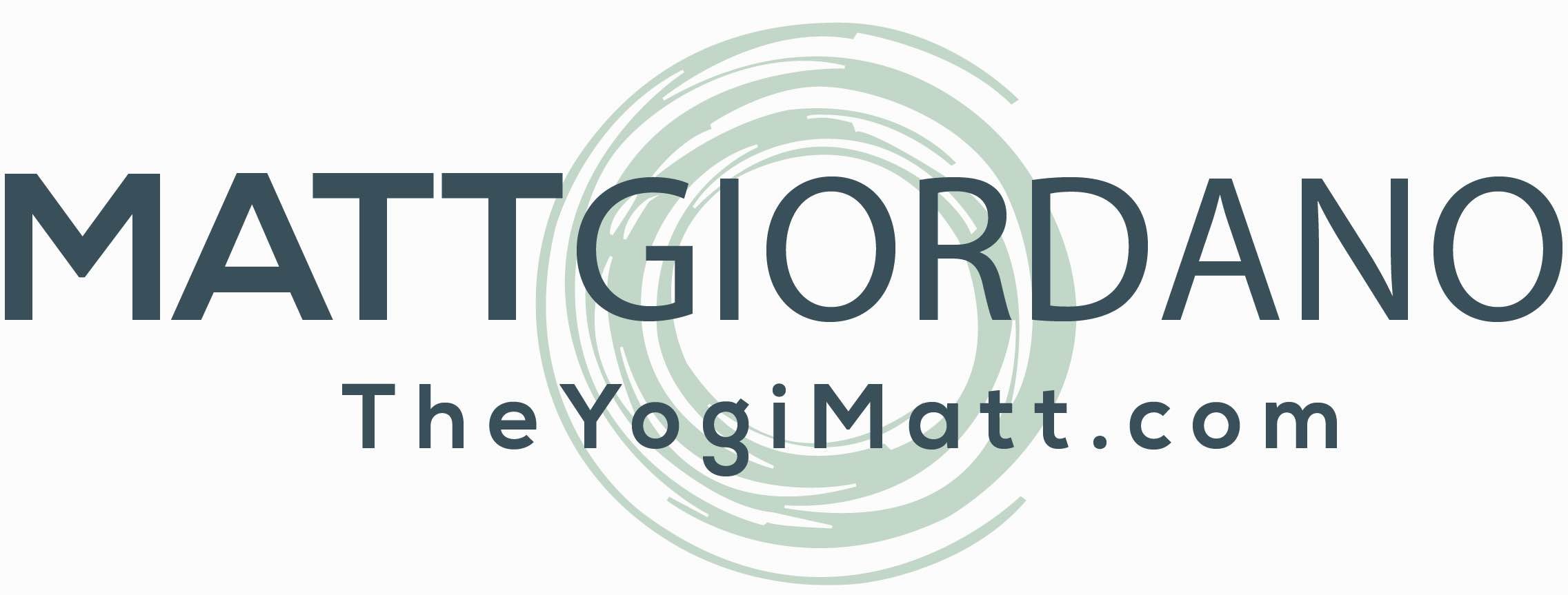
![JULY IMMERSION yoga backbend techniques: 12 classes [backbend technique to relieve back pain "bowing the spine']](https://www.theyogimatt.com/wp-content/uploads/2021/05/JULY-IMMERSION-14.jpg)
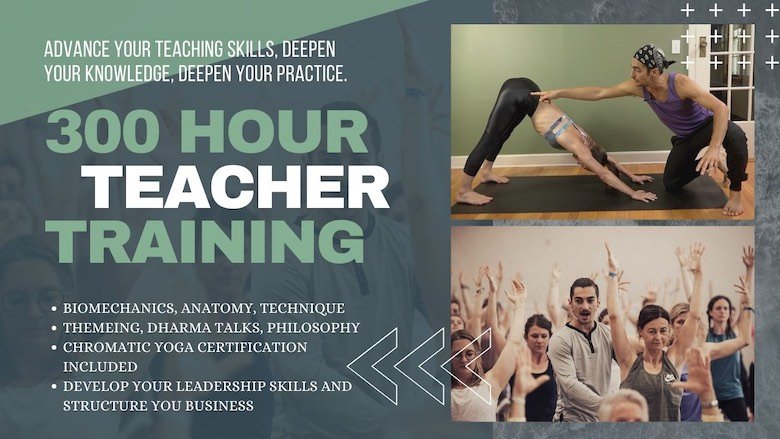
![200 hour horizontal yoga backbend techniques: 12 classes [backbend technique to relieve back pain "bowing the spine']](https://www.theyogimatt.com/wp-content/uploads/2020/09/200-hour-horizontal.jpg)
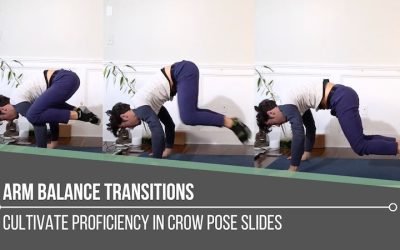
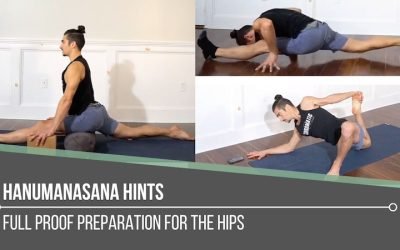
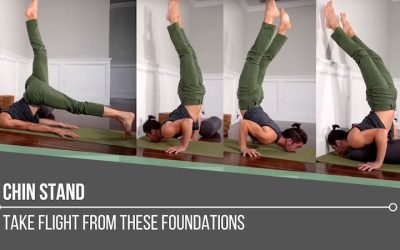
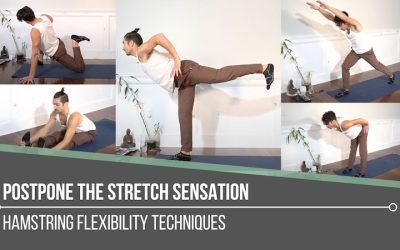
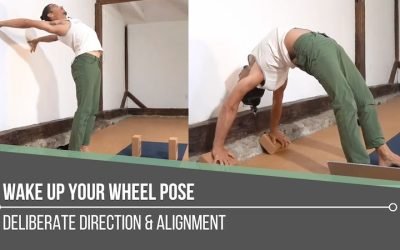
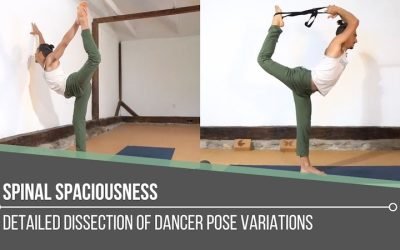
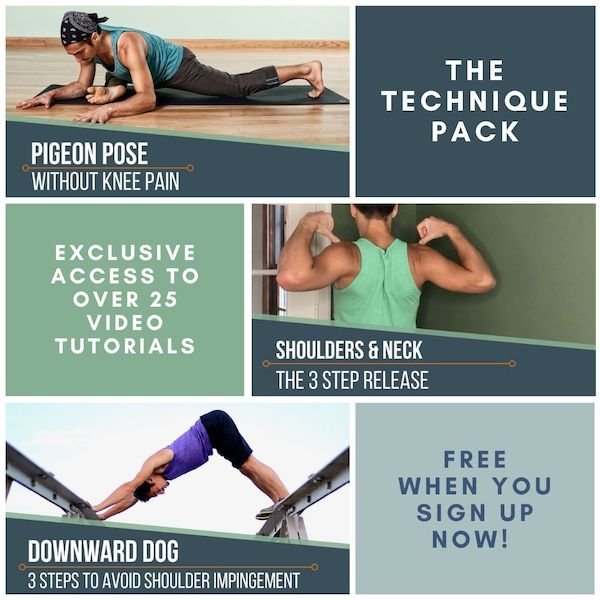
Share This!
Hey. thank you for reading. If this is helpful please share it!